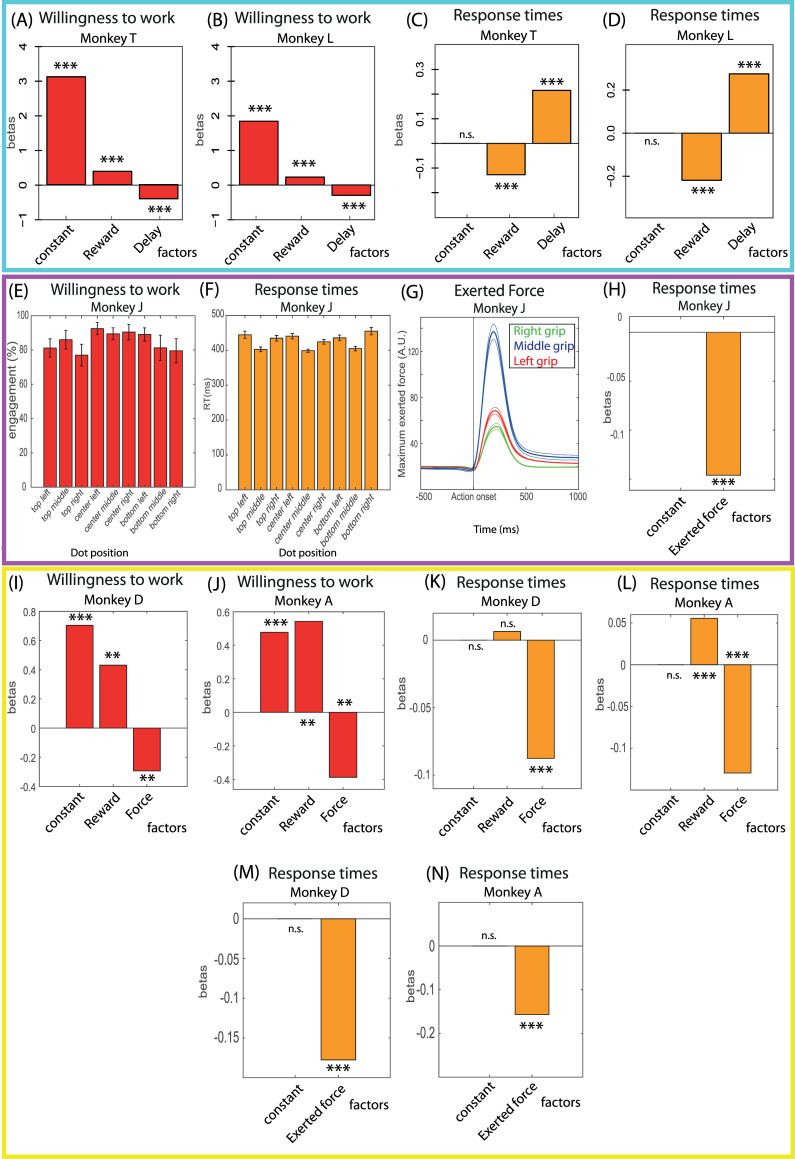Fig 2. Behavior in the delay discounting task, the target detection task, and the force discounting task.
(A–D) Behavior in the delay discounting task. (A, B) Coefficients of the logistic regression for engagement in trials (0 if the monkey made no action, 1 if he performed an action) with task parameters (reward and delay) as regressors, by monkey. For both monkeys, reward had a positive effect, and delay had a negative effect on the probability to engage in trials. (C, D) Coefficients for the GLM for RT with task parameters (reward and delay) as regressors, by monkey. For both monkeys, reward had a negative effect, and delay had a positive effect. (E–H) Behavior in the target detection task. (E) Mean engagement rate across sessions by dot position on screen. There was no difference in engagement rate across the 9 conditions (ANOVA). (F) Mean RT across sessions by dot position on screen. A 2 way-ANOVA with vertical and horizontal dot coordinates showed that RTs were significantly shorter for middle grip presses. (G) Time course of the exerted force on each grip across sessions after action onset. Thick lines represent the mean exerted force and the thinner lines represent one the SEM above and below the mean. The maximum exerted force was higher for middle grip presses (blue) than for right grip (green) or left grip (red) presses. (H) Coefficients for the GLM for RT with only the maximum exerted force as parameter. RT was longer if the maximum exerted force would be stronger. (I–N) Behavior in the force discounting task. (I, J) Coefficients of the logistic regression for engagement in trials (0 if the monkey made no action, 1 if he performed an action) with task parameters (reward and force) as regressors, by monkey. For both monkeys, reward had a positive effect, and force had a negative effect on the probability to engage in trials. (K, L) Coefficients for the GLM for RT with task parameters (reward and force) as regressors, by monkey. For both monkeys, reward had a positive effect (only a tendency for Monkey D), and force had a negative effect. (M, N) Coefficients for the GLM for RT with only the maximum exerted force as parameter. For both monkeys, there was a strong negative relationship between RT and the maximum exerted force. **: p < 0.01; ***: p < 0.0001; n.s., nonsignificant; error bars represent SEM. Underlying data in 10.17605/OSF.IO/PYVSA. GLM, generalized linear model; RT, response time; SEM, standard error of the mean.

